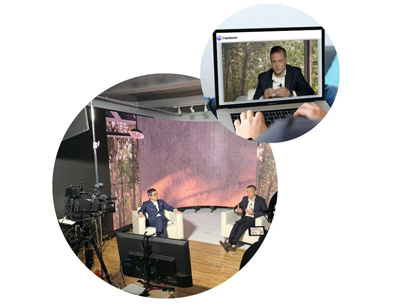Transforming Spectator Interaction Through Engaging VR Encounters in Real-time Performances
Transforming Spectator Interaction Through Engaging VR Encounters in Real-time Performances
Blog Article
In the past times, virtual VR has emerged a powerful tool for enhancing viewer engagement in live performances. Such technology allows audiences to immerse oneself in a three-dimensional setting, crafting a unique encounter that traditional formats cannot easily replicate. By utilizing VR, creators can move audiences into the heart of the performance, causing them sense as if they are part of the show. This innovative method not just captivates audiences but also unlocks new opportunities for storytelling and engagement.
A of the primary advantages of employing VR in live productions is the ability to create a more interactive encounter. Viewers can interact with the show in real-time, shaping the outcome or exploring different viewpoints. For instance, in a theater production, audiences wearing VR headsets can select to pursue particular characters or scenes, enabling them to tailor their encounter. This degree of interactivity fosters a deeper connection between the audience and the performance, rendering it more unforgettable and significant.
Additionally, VR tools can enhance the visual and sound elements of a live performance. Using top-notch graphics and sound design, creators can create stunning settings that attract audiences in. This engaging quality can raise the overall experience, making it even more captivating and enjoyable. For example, a musical performance can be transformed into a rich encounter, where fans experience as if they are standing in front with the performers. Such improvements not only draw bigger audiences but also promote return viewing, as audiences look to re-experience the thrill.
In addition enhancing audience involvement, VR can also offer insightful data for creators. Through examining how audiences engage with the digital setting, producers can collect information on viewer likes and actions. This data can guide upcoming productions, helping to tailor content to more effectively meet the needs and desires of the viewers. As a consequence, VR not only enriches the present encounter but also contributes directory to the evolution of live productions as a whole.
With the advancements progressing to evolve, the possibilities for VR in real-time performances is vast. From stage shows and musical events to sports competitions and festivals, the possibilities are endless. By embracing this innovative approach, producers can revolutionize the way audiences engage with live entertainment. As an increasing number of producers explore the incorporation of VR, it is probable that we will witness a shift in how shows are crafted and presented, eventually resulting to a more engaging and interactive future for real-time performances.